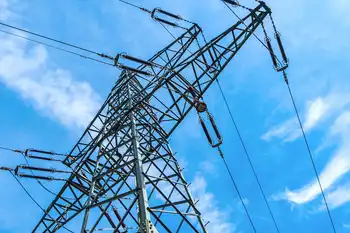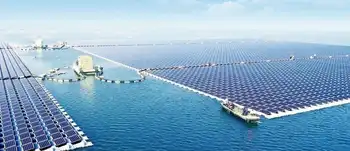Vietnamese grid looks to biomass projects
VIETNAM - As Vietnam's population and urbanization increase, utility companies and government organizations will be forced to increase the total installed capacity to cater to energy demand in the residential, commercial and industrial sectors.
The Renewable Energy Development Project for Vietnam, which was approved by the World Bank in May of last year, is focused on developing practical renewable energy projects to better the capacity of the national grid.
The World Bank's program is geared at providing technical assistance through the Ministry of Industry and Trade MOIT to projects that provide electricity directly to the grid, especially those that do not exceed 30 megawatts MW. This new program, ahead of a vaster plan to assist countries in Southeast Asia through investing in renewable energy, presents a unique opportunity for biomass to lay claim to a bigger chuck of Vietnam's electrical capacity.
In Southeast Asia, biomass projects account for nearly 30 of all energy produced, often serving rural areas not connected to grids. Biomass makes up nearly 90 of all renewable energy supply in the region. Though biomass, such as rice husks, sugar cane and palm kernels, has been used primarily in off-grid situations, countries in Southeast Asia are becoming increasingly aware of how biomass could positively affect national grids.
Currently, biomass caters to about half of Vietnam's energy capacity, which is primarily consumed by the residential sector. Vietnam, however, is experiencing booms in its population, industry and economy, and the commercial and industrial sectors could very well tip the scales and put a strain on the country's capacity.
Several grid-centric biomass projects are in the works for local organizations and foreign investors. The People's Committee of An Giang Province, which is in the southwestern portion of Vietnam along the Mekong Delta, is constructing two 10-MW biomass-to-energy plants. The pair of $30 million plants, which are to be fueled by rice husks and other residues, are scheduled to be brought online sometime next year.
Future projects include a large-scale, biomass-fired plant in the northern province of Phu Tho and a biogas-from-biomass project near Hanoi, which is to be headed by a joint venture between Germany and France.
Related News

Europe's largest shore power plant opens
BERLIN - In a ceremony held in Rostock-Warnemünde yesterday during Germany’s 12th National Maritime Conference, the 2,174-passenger cruise ship AIDAsol inaugurated Europe’s largest shore power plants for ships.
The power plant has been established under a joint agreement between AIDA Cruises, a unit of Carnival Corporation & plc (NYSE/LSE: CCL; NYSE: CUK), the state government of Mecklenburg-Western Pomerania, the city of Rostock and the Port of Rostock.
“With our green cruising strategy, we have been investing in a sustainable cruise market for many years,” said AIDA Cruises President Felix Eichhorn. “The shore power plant in Rostock-Warnemünde is another important step — after…




